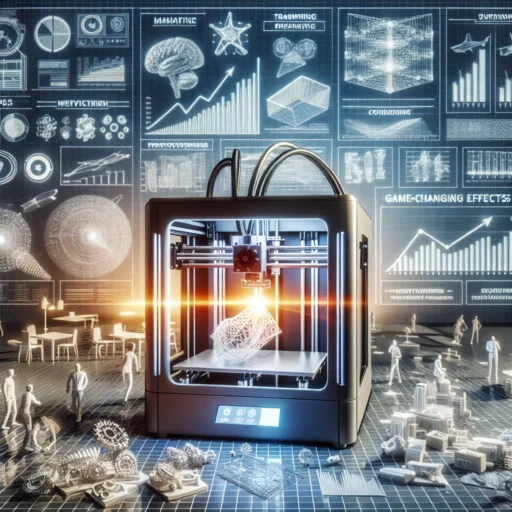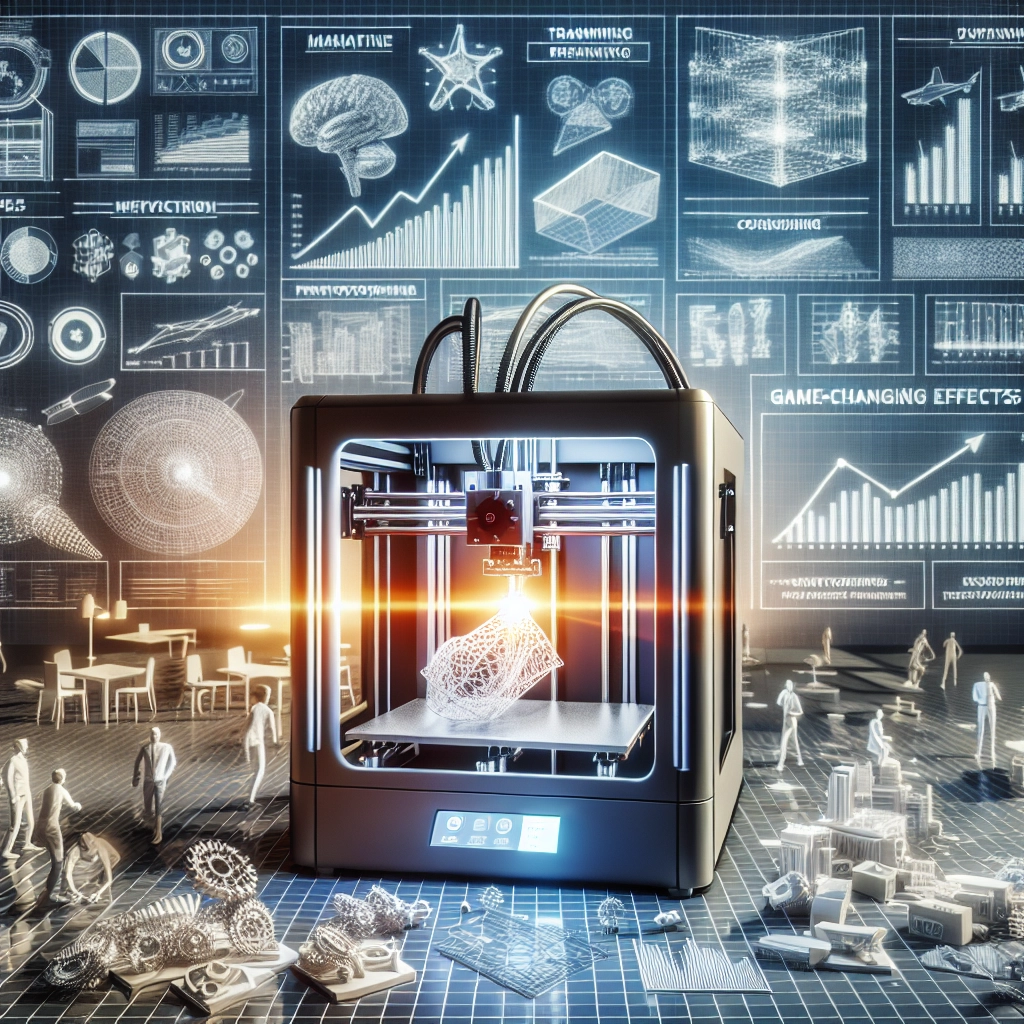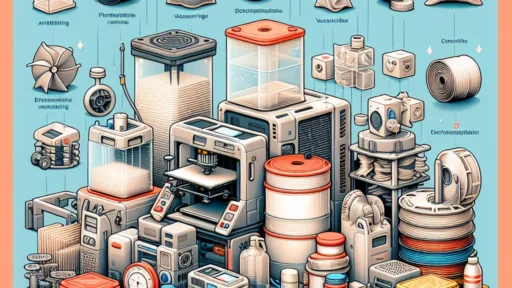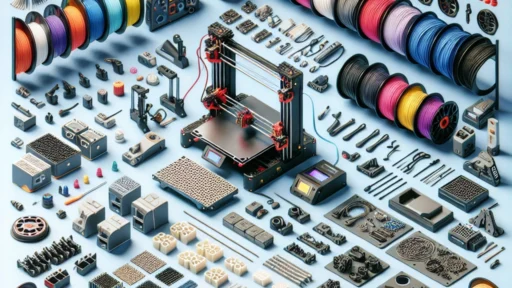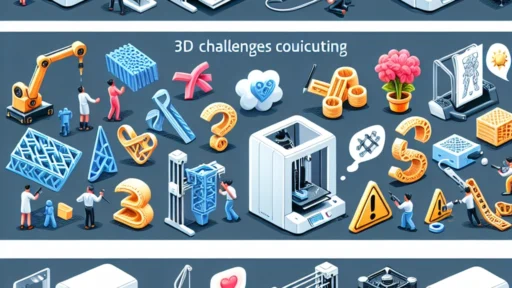Using 3D Printing for Prototyping: A Game Changer for Startups
In the fast-paced world of startups, where innovation meets limited budgets, time is often of the essence. It’s not just about having a groundbreaking idea; you also need a tangible prototype to showcase that idea. Enter 3D printing, a transformative technology that’s quickly become a game changer for entrepreneurs and budding companies everywhere.
What is 3D Printing?
At its core, 3D printing, or additive manufacturing, is the process of creating three-dimensional objects from a digital file. It involves layering material—such as plastic, metal, or even bio-materials—until the desired shape emerges. This technology has moved out of the realms of industrial giants and is now more accessible to startups than ever before, thanks to lower costs and user-friendly machines.
Cost-Effective Prototyping
One of the most significant barriers for startups has traditionally been the cost associated with prototype development. Hiring engineers and manufacturers to create a first version of a product can take a toll on any budget. With 3D printing, the cost of prototyping drops dramatically. Many startups now invest a fraction of the traditional costs to create a physical model of their products in a matter of hours or days rather than weeks or months.
For instance, consider a tech startup developing a new device. If they had to wait for a traditional manufacturing process, they might burn through funds just getting to the testing phase. But with a 3D printer at their disposal, they can create several iterations of their design, all while keeping a close eye on costs.
Rapid Iteration and Design Changes
In the startup environment, flexibility is key. Ideas evolve, and designs often undergo several transformations before settling on a final product. 3D printing facilitates rapid iteration, allowing teams to quickly modify designs, print new prototypes, and test them without the lengthy lead times associated with traditional manufacturing.
Let’s say you’re developing a kitchen gadget, and during the testing phase, you realize the handle isn’t ergonomic enough. With 3D printing, you can tweak the design and print a better handle overnight, ready for the next round of testing. This agility not only enhances the product but fosters an atmosphere of innovation within the team.
Enhanced Collaboration
3D printing also encourages collaboration among different sectors of a startup. Designers, engineers, and marketers can all work closely because they can view a physical representation of the product early in the process. This hands-on interaction promotes discussion and refinement, ensuring that everyone’s input is considered.
Visual and tactile feedback can sometimes be missing during the digital design phase. Bringing a prototype into the office can spark enthusiasm and creativity among team members, leading to more robust ideas and solutions that might not have surfaced in a purely digital environment.
Low-Volume Production
With traditional manufacturing, startups often face minimum order quantities and hidden costs that can quickly inflate budgets. 3D printing enables low-volume production without the excess baggage. This is particularly beneficial for niches or specialized products that may not see high demand.
For example, if you’re a fashion startup looking to create a unique line of custom jewelry, 3D printing allows you to produce small quantities tailored to customer requests. This capability not only reduces waste but also aligns perfectly with the modern consumer’s desire for personalization.
Bridging the Gap to Investors
Having a prototype can significantly strengthen a startup’s pitch to investors. A tangible product helps convey your vision far more effectively than a vivid description or PowerPoint presentation ever could. Investors want to see that you’re serious about your concept, and a well-crafted prototype can make all the difference. Plus, it often leads to valuable feedback from potential investors who can provide insights that help refine your final product.
Final Thoughts
The rise of 3D printing has undeniably made it easier for startups to turn their innovative ideas into reality. By offering a cost-effective, quick, and collaborative solution to prototyping, this technology empowers entrepreneurs to experiment and innovate like never before.
As you embark on your startup journey, remember that the right tools can not only enhance your creativity but also save you precious time and resources. With 3D printing, you’re not merely creating prototypes; you’re building the future—and that’s a compelling story to tell.


